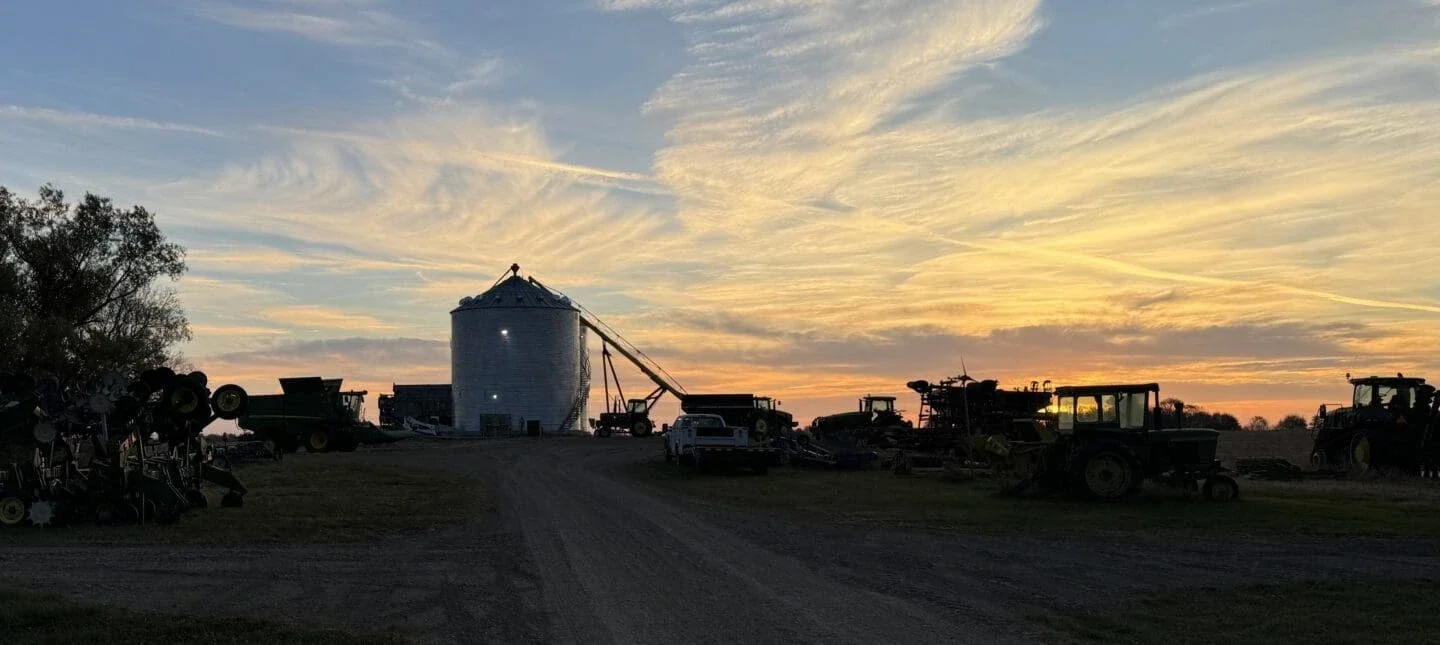Meet Andrew Barsness, a young farmer giving up chemical inputs and making the transition to regenerative and organic practices. The first years are economically challenging, but Mad Capital is making it possible.
Though Barsness’s approach to farming is different from his grandfather’s, he says he is continuing a family legacy of caring for the land.
His journey from accidental farmer to organic pioneer highlights the determination and innovation required to farm sustainably in today’s world — especially when traditional systems don’t always understand the mission.
A New Generation Takes Root
Barsness is among the nine percent of U.S. farmers under the age of 35 — the average age is 58. Farmers older than 65 increased by 12 percent between 2017 and 2022.
This trend is a cause for concern. “The aging of farmers on top of regulatory, economic, and foreign pressures puts the future of the nation and world’s food supply in peril,” stated Feeding the Future, a report from the U.S. Senate Committee on Aging.
Access to land and capital are among the key barriers to entry for young farmers. Equipment is expensive — a new combine, for instance, can cost close to $1 million with heads for a couple different crops.
At the same time, the changing climate has made farming more difficult due to unpredictable and more extreme weather patterns. Farming, always risky, can feel even riskier. That’s one reason to farm sustainably — it builds resilience.
Though Barsness was not drawn to farming as a child or teenager, he is sure now that he’s found the life he wants to lead, despite the stress, uncertainties, and days that can stretch to 15 hours or more.
“Every season and every day is different,” he said.

“You get to work with your hands in the natural world. Farming is also cerebral, and creative, and entrepreneurial. I value the sense of building something. I can’t imagine doing anything else. It fits me like a glove.”
He’s grateful, too, for the notebooks his grandfather left behind filled with scrawled records documenting the life of the farm — when fields were tilled, planted, and harvested, weather patterns, and countless other details.
Recently engaged to be married, he lives in the century-old home that belonged to his grandparents, where he visited and played as a child. He has a piano tucked into the kitchen and a pottery shed taking shape outside.
Barsness often feels his grandfather’s presence. Many tools and pieces of equipment remain exactly as his grandfather left them.
“Every bolt represents a project, a story, a moment in time,” he mused while standing before his grandfather’s workbench.
Although he is the first in his family to venture into regenerative organic agriculture, he feels that, too, is continuing a family tradition.
“My grandfather was a good steward of the land,” he said. “I want to be the same.”
More in this Matter of Impact Edition
Mobilizing Finance, Empowering Communities, and Scaling Nature’s Solutions
Reducing carbon emissions is essential but not enough. To sequester carbon – and finance a resilient future – we must invest in nature-based solutions.
Read MoreThe Race To Replace Coal
An innovative financing tool is being used to try to retire a coal plant in the Philippines a decade earlier than currently scheduled.
Read More








